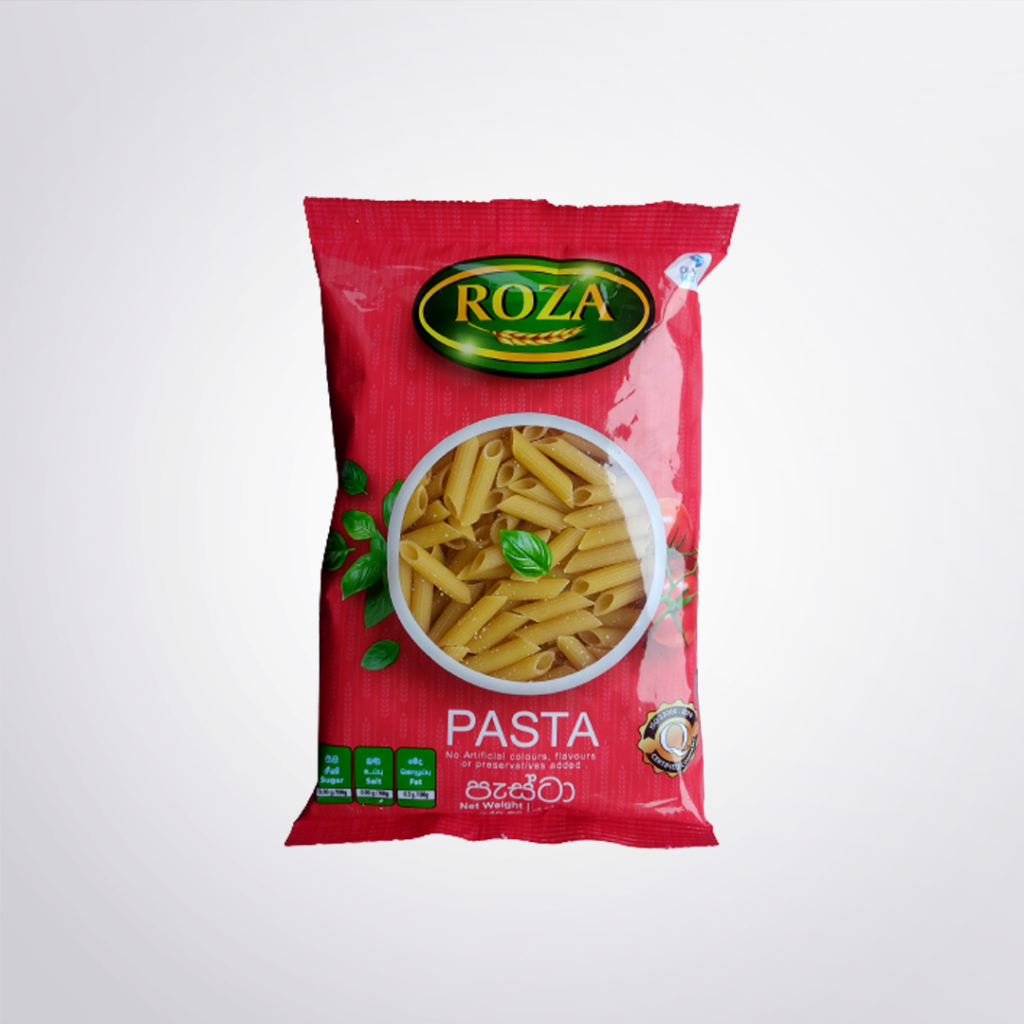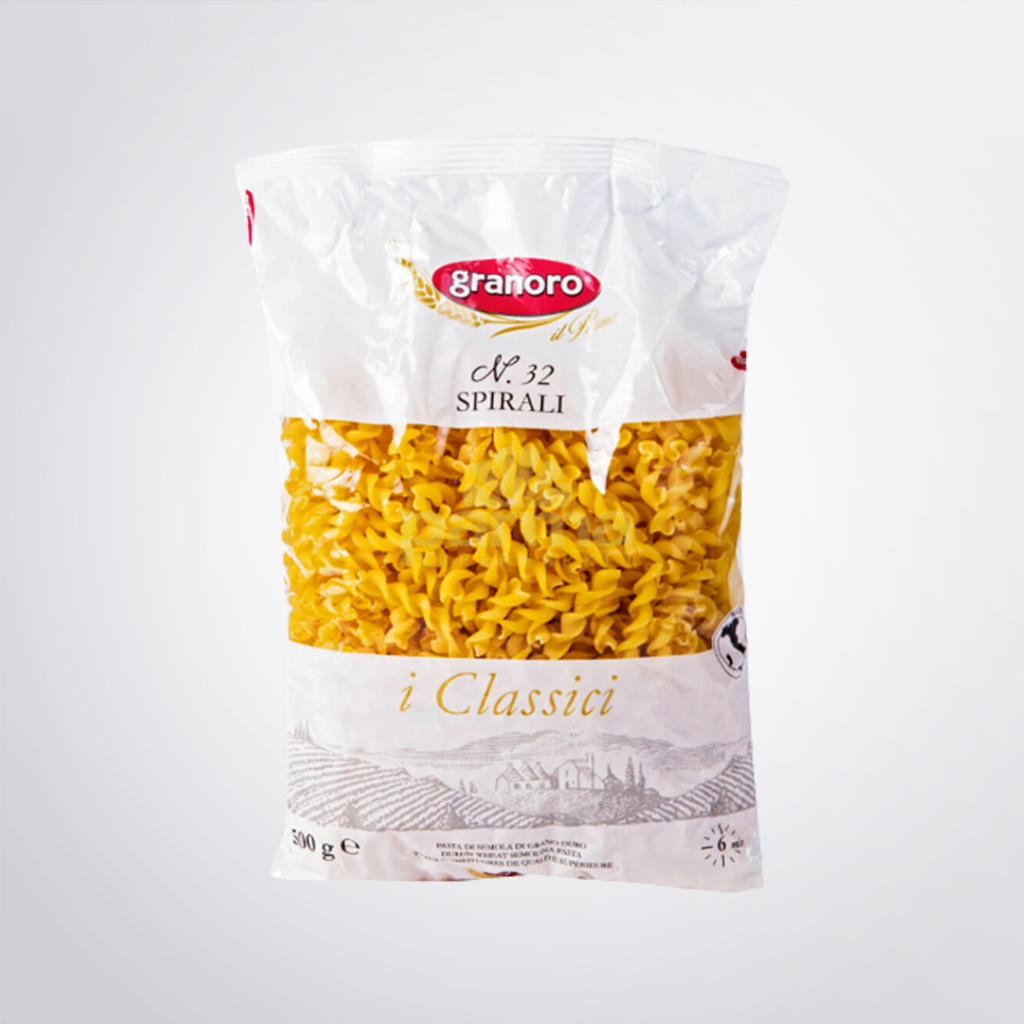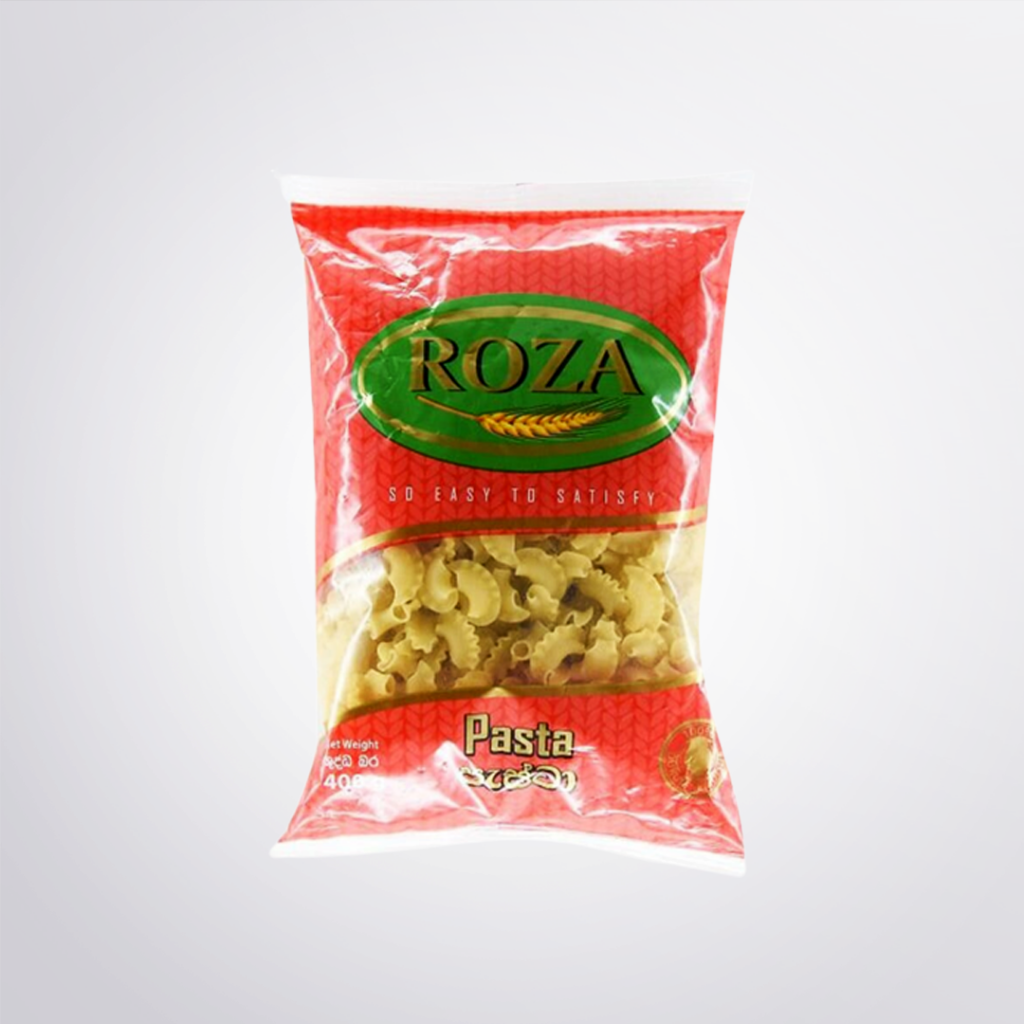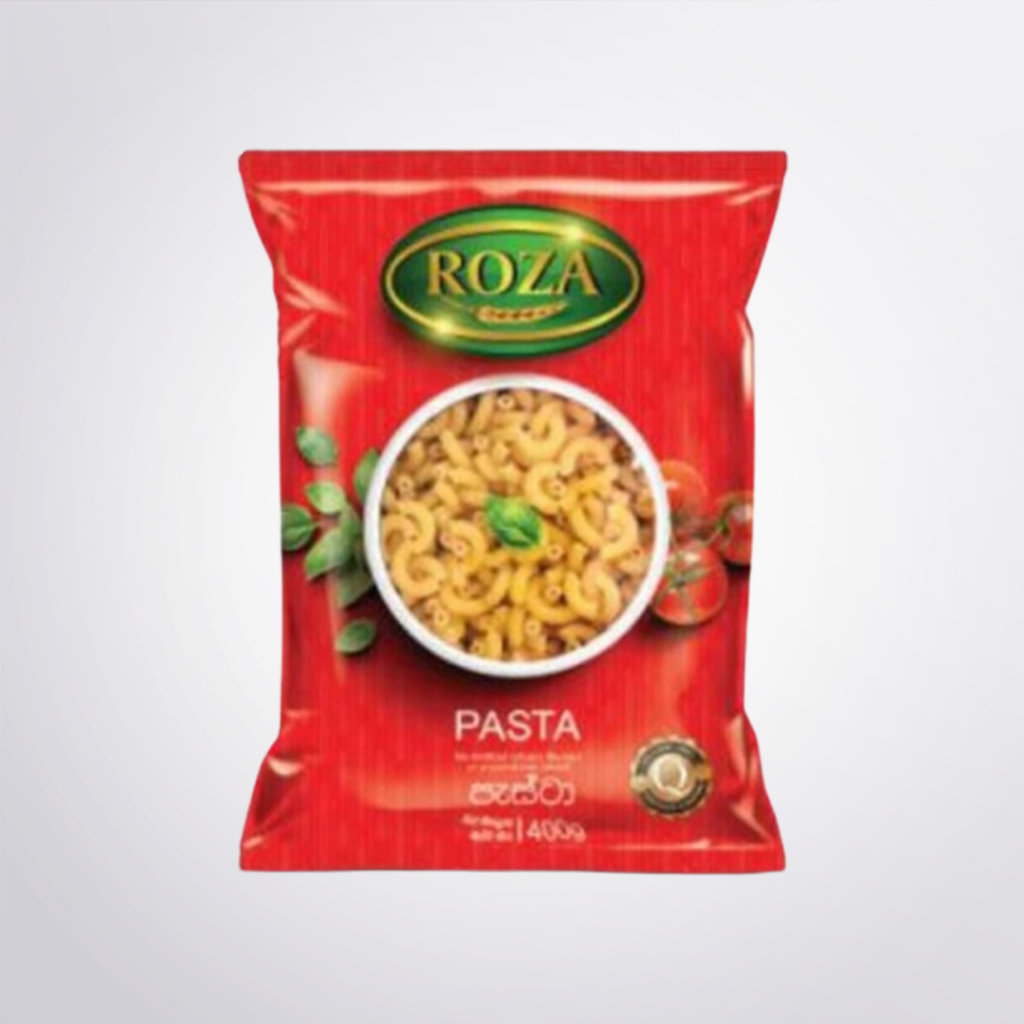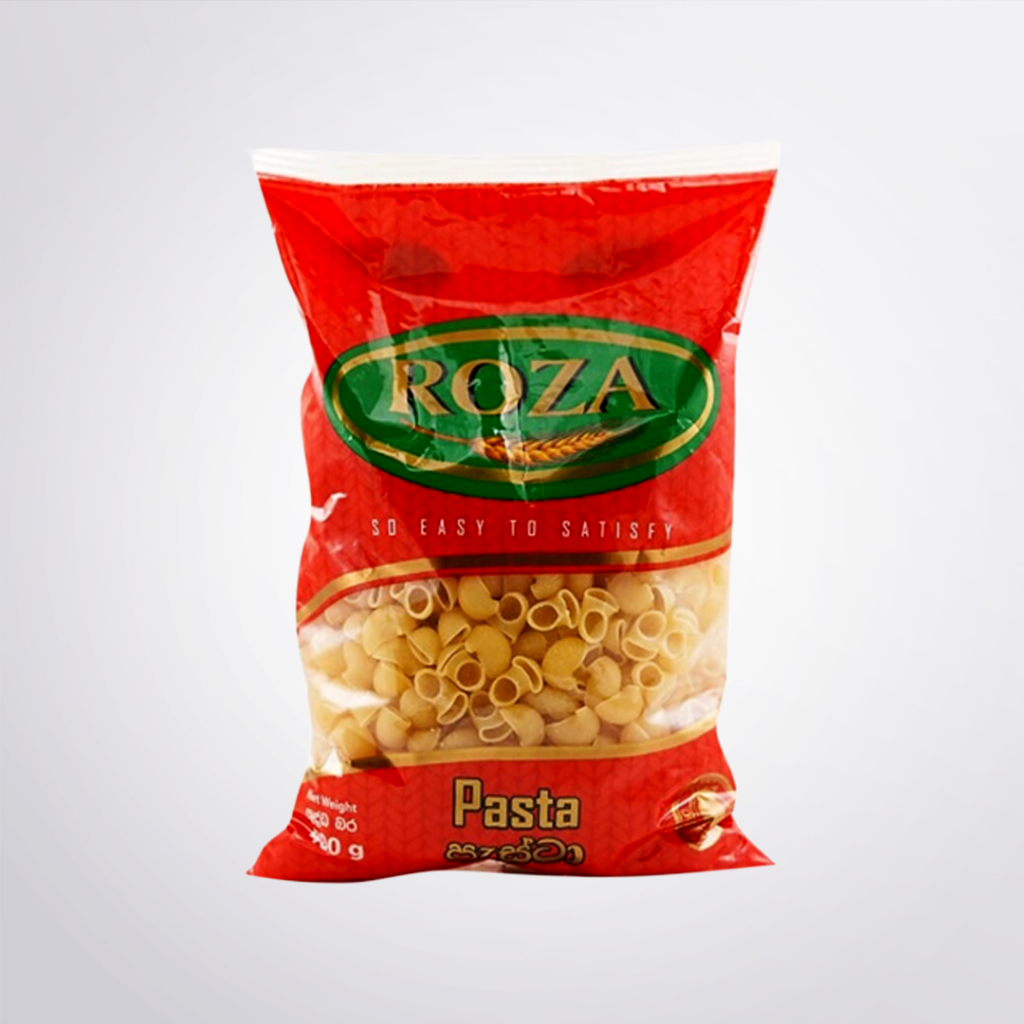
Different Types of Pasta and Their Uses
Different types of pasta with different shapes exist for a reason. Let’s explore and unwind the mystery of pasta shapes.
Pasta, a beloved culinary staple, comes in a wide variety of shapes and sizes, each with its own unique attributes and culinary applications. From the classic spaghetti to the versatile penne and the charming farfalle, pasta shapes offer not only visual appeal but also play a crucial role in holding sauces, enhancing texture, and bringing out the best in various dishes. In this article, we will delve into the different types of pasta, explore their distinguishing features, and understand how their shapes influence their uses in diverse culinary creations.
Why Are There Different Pasta Shapes?
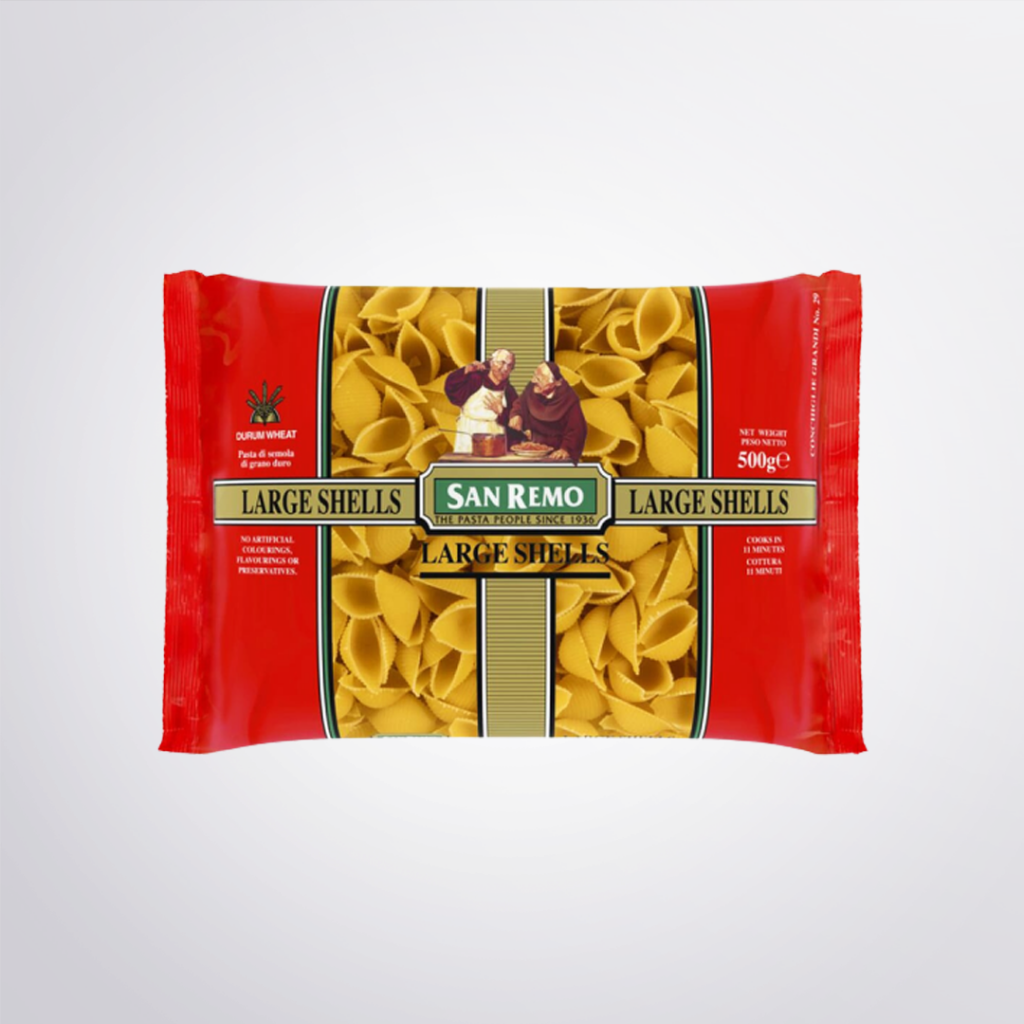
The diversity of pasta shapes is not just a result of aesthetic preferences; it serves functional purposes as well. Various pasta shapes are specifically designed to pair harmoniously with specific sauces, ingredients, and cooking techniques. However, the shape of pasta can affect how it holds onto the sauce, absorbs flavors, and creates a delightful mouthfeel. Additionally, different shapes can also impact cooking times and result in varying textures, providing a unique dining experience.
Understanding the Differences Between Pasta Shapes
Long and Thin Pasta:
Spaghetti: Iconic and versatile, spaghetti is long, thin, and cylindrical, making it ideal for classic tomato-based sauces, oil-based sauces, and seafood dishes. Its slender shape allows the sauce to coat each strand evenly.
Linguine: Similar to spaghetti but flatter and wider, linguine pairs exceptionally well with creamy sauces, oil-based sauces, and lighter seafood dishes. Its flat surface and wider shape help catch and hold onto delicate sauces.
Short and Tube-Shaped Pasta
Penne: Recognizable for its tubular shape and diagonal-cut ends, penne is a popular choice for a wide range of sauces. Therefore, they are great to combine with chunky tomato sauces, creamy sauces, and baked pasta dishes. Its ridges provide texture and help sauces adhere to the pasta.
Pasta Shells: Also known as conchiglie, pasta shells come in various sizes and are excellent for capturing thick sauces, cheese, and vegetables, making them ideal for baked dishes and hearty soups. Their concave shape holds sauces and fillings, ensuring bursts of flavor in every bite.
Curved and Twisted Pasta
Fusilli: Spiraled and twisted, fusilli features ridges that hold onto sauces and dressings beautifully, making it an excellent choice for pasta salads, baked dishes, and chunky sauces. Its shape adds visual interest and texture to any dish.
Farfalle: Known as bow-tie or butterfly pasta, farfalle’s unique shape lends itself well to creamy sauces, light vegetable-based sauces, and pasta salads. The nooks and crannies of farfalle trap the sauce, ensuring a burst of flavor in each bite.
Specialty and Unique Shapes
Elbow Pasta: Recognizable for its elbow-like shape, elbow pasta is commonly used in comforting macaroni and cheese dishes, casseroles, and pasta salads. Its hollow shape catches and holds onto creamy sauces and cheese.
Lumachine Pasta: Resembling tiny snail shells, lumachine pasta is perfect for capturing and holding onto thick, chunky sauces, making it a great choice for baked pasta dishes and hearty ragùs. Its shape adds a playful touch to the presentation.
Creste-de-Galli: With its crest-like shape, creste-de-galli pasta is ideal for hearty meat-based sauces and vegetable-centric pasta dishes. Its ridges and hollow center help it catch and hold onto robust sauces.
The Basis for Choosing Pasta Shapes for Different Dishes:
Choosing the right pasta shape can significantly impact the overall dining experience. Here are some key considerations when selecting pasta shapes for different dishes:
Sauce Compatibility: Consider the consistency and ingredients of the sauce. Thicker and chunkier sauces tend to cling better to ridged and tube-shaped pasta, while lighter and creamier sauces pair well with long, thin pasta.
Texture and Mouthfeel: The shape and texture of the pasta can influence the overall eating experience. Delicate sauces may require smoother pasta, while heartier sauces benefit from pasta shapes with nooks and crannies to capture the sauce.
Dish Characteristics: Consider the intended dish—whether it’s a baked pasta casserole, pasta salad, or a traditional pasta dish. Different pasta shapes lend themselves better to specific preparations, ensuring optimal taste and presentation.
The Three Most Popular Pasta Types
Spaghetti
A timeless classic, spaghetti’s long, slender strands make it a versatile choice for a variety of sauces and culinary creations. It is the go-to option for many beloved Italian recipes.
Penne
With its tube-like shape and angled ends, penne is loved for its ability to hold onto sauces, making it a go-to choice for many pasta enthusiasts. It is a staple in pasta dishes around the world.
Farfalle
Known for its whimsical bow-tie shape, farfalle adds a playful touch to dishes and pairs well with light sauces, vegetables, and seafood. It is a popular choice for elegant pasta salads.
The world of pasta is a captivating one. Different pasta types are filled with a myriad of shapes, each with its own distinct purpose and charm. From the beloved spaghetti to the versatile penne and the eye-catching farfalle, understanding the characteristics and uses of different pasta shapes allows us to create culinary masterpieces. By considering the sauce, texture, and intended dish, we can unleash the full potential of pasta and elevate our dining experiences. So, embrace the diversity of pasta shapes and embark on a delightful journey of culinary exploration!

